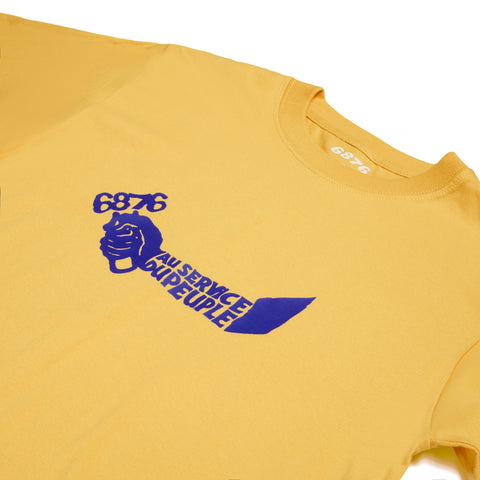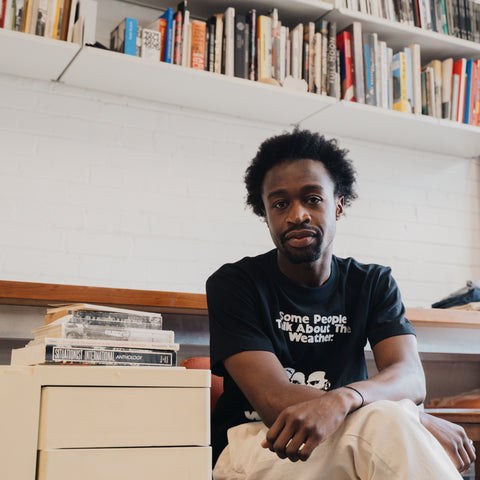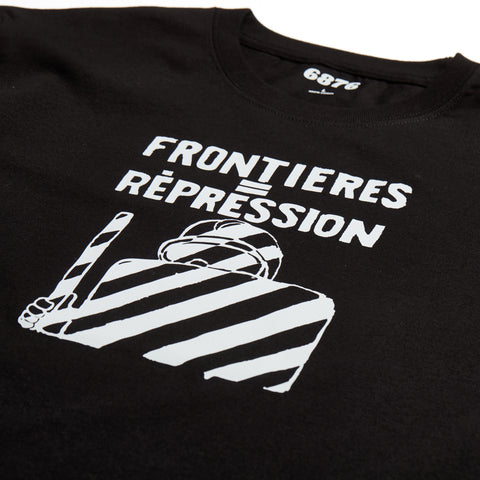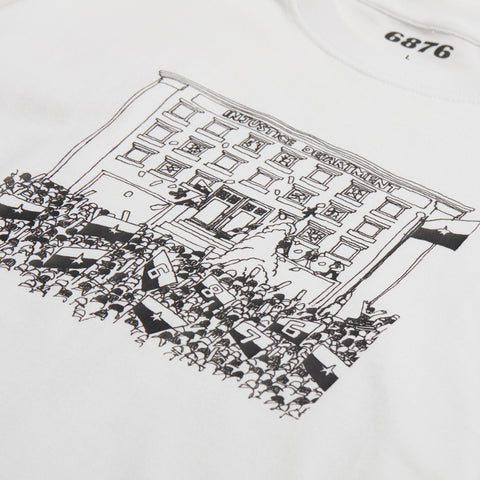Margaret Thatcher was reelected for her third term in 1987. One of the changes she promised to implement was to levy a flat tax that she called a “Community Charge,” although it became popularly known as the poll tax. A flat tax means that everybody, regardless of wealth, has to pay the same amount. The tax was to be set in the 1989-1990 financial year in Scotland, and in the 1990-1991 financial year in England. However, it was unpopular from the moment she proposed it, and she met resistance from both the people and her party.
When the tax was implemented in spring 1989 in Scotland, concerned citizens formed Anti-Poll Tax Unions (APTUs). They encouraged picketing and demonstrations throughout the country. Much of this non-violent activity was not publicized outside of Scotland, but APTUs used different means such as pamphlets to get the word out.
Soon, they began to expand their non-violent campaign to other methods. Many organizations encouraged people to refuse to pay the poll tax. In Scotland, 880,000 people out of a total 4 million refused to pay it.
As this occurred, more APTUs were being formed. Soon, about 1000 APTU’s were in existence. In order to organize all the different organizations, the All-Britain Anti Poll Tax Federation was founded on 25 November 1989.
The government responded to this series of events by attempting to take the property of people who did not pay their taxes. As people lost goods and property to the government, hundreds of people rushed to try to defend each others’ houses in Scotland.
At this point, the situation was a complex interplay of many different organizations and peoples with different political ideologies in a politically chaotic time. Poll tax was an important issue, but it was not the only focus of politics in the era.
Many different political actors played an informal role, so it is difficult to name allies and partners who assisted the APTU’s. It is likely that they had much informal interaction with each other, and they may have interacted with other organizations.
Despite the complexity of the situation, disapproval with the poll tax was shared sufficiently by people that they could organise a defence against Thatcher’s initiative.
The demonstrations culminated in London on 31 March 1990, in what turned out to be the biggest demonstration to occur in London in the century. The All-Britain Anti-Poll Tax Federation earlier estimated a turnout of about 60,000 people, but they realized that more people would show up. The Federation tried to change the location of the demonstration, but this was denied on the grounds that the police had already prepared for it on Trafalgar Square.
People came in starting around 11 A.M, and the total reached about 200,000. The demonstration began peacefully, but the Metropolitan Police Service (MPS) advanced, arrested, and angered some of the demonstrators. The march turned from a peaceful demonstration into what the mass media called a riot. Soon, some people were throwing bricks at police cars, windows of stores, and causing other damage, although most of the demonstrators remained peaceful.
The police charged 491 people with offenses, and punishments were much harsher for the same crime than they normally would have been. However, many of these 491 were acquitted because of video evidence submitted by some organizations. Many of the videos showed that police prompted the accused person’s behavior by charging first.
Nonetheless, some organizations demanded that Tommy and Steve retract their statements about providing the police with names.
Soon after the London riot, in November of 1990, Margaret Thatcher resigned, taking with her the poll tax. At the end, the demonstration was tremendously successful. Many scholars believe that Thatcher’s resignation was influenced—though not entirely caused by—the London revolt.
The combined effects of 18,000,000 people not paying taxes, her government having to deal with mass demonstrations, and facing political pressure from many angles could be other factors in Thatcher’s resignation.
Ultimately, the campaign is considered a success. Some construe the sheer size of the campaign as a message to the world, believing it represents the death of some ideas; some take it literally and believe it was simply a general consensus against poll taxes. In either case, the anti-poll tax campaign shows the possibility and power of mass action.
100% Cotton T shirt - Printed to Order


































